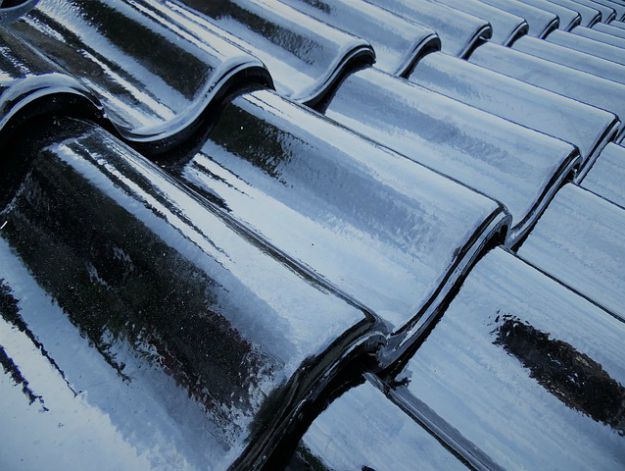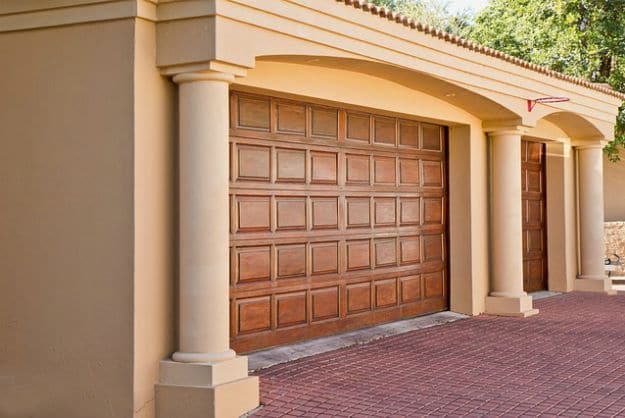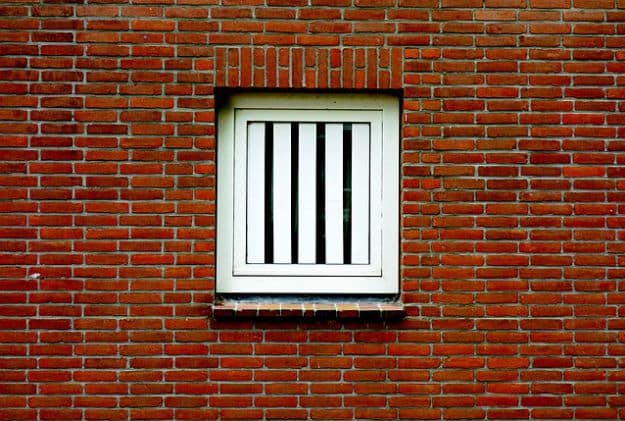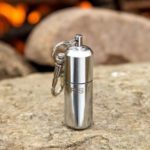The post 17 Proven Ways To Storm-Proof Your Home See more on: Total Survival
Consider these tips to storm-proof your home to help you survive and get back on track, fast! If you live in an area frequently hit by storms throughout the year, it is best to have your home built to withstand the weather. Of course, having it insured will ease the stress off your finances if it does get hit. But investing to storm-proof your home will save you even more money and peace of mind. In fact, wind-resistant buildings have a higher market value in storm-prone areas. With that being said, below are storm-proofing methods you can be assured will help your home weather any storm. Check out the list below to learn how to storm-proof your home. Read. Learn. Survive!
Storm-Proof Your Home with These Trouble-Free Tips!
1. Scrutinize Your Home Exterior
When it comes to natural disaster, it's best to minimize your losses in any way possible. You need to have all the preparations ready long before the storm hits. These are preventive measures that will help you have a storm-proof house.
Check for weak spots or areas that need even the slightest repairs. If possible, hire a licensed contractor to do the job, especially for large repairs. You might regret doing it yourself unless you’re a qualified licensed contractor.
2. Use Durable Materials
A well-designed concrete house can withstand large amounts of water and strong wind. Having your walls, foundation, and if possible roof made of concrete will make your house withstand a certain degree of pounding in the event of a storm.
3. Use Fire-Retardant and Waterproof Materials
A storm can cause electrical fires. The use of fire-retardant materials in your home can reduce such risks. In the case of a flood, a waterproof membrane extending to the foundation to the wooden frame will prevent water intrusion.
4. Implement Flood-Proofing Methods
With any large storm comes the possibility of a flood. Factors like flood characteristics, structural and economic data should be taken into consideration in order to determine which of the flood-proofing methods you should be applying to your home.
5. Invest in a Wind-Resistant Roof Design

The type of roof that your home has different matters. Shingles, tiles, and metal roofs are among the most common. A qualified builder can help you install galvanized metal hurricane straps or additional braces to keep your roof from getting blown by strong storm winds.
6. Install Extra Fasteners for Roof Sheathing
Secure plywood sheathing to the roof rafters by using ring-shank nails or screws. Giving extra focus on the edges of the sheathing panels, use a tighter nail spacing typically 6 inches apart. Use the code-mandated, construction fastening system for uplift design roofing.
In need of a reliable knife? Grab my favorite folding knife and guaranteed to get you out of any jam.
7. Install a Seamless Gutter System
See to it that the gutters are securely connected to your downspouts. Making the extra effort to extend your downspouts as far away from your house as possible will prevent moisture from seeping into your foundation as well as your basement.
8. Clean Your Gutters
A gutter free of dirt and debris will ensure the water will go where it’s supposed to go. If the flow of water is blocked it is bound to go somewhere. More often than not it ends up inside your home. You wouldn’t want that to happen.
9. Fortify Garage Doors

Garage doors are the weakest link in your home, according to the National Storm Shelter Association. Once you lose the garage, the whole house goes. You can replace your garage door or strengthen it by installing an aircraft-grade aluminum vertical bracing system.
10. Steel Storm Doors
Reinforcing your door with a steel frame coupled with steel and plywood on the entrances will give it a solid core. This will protect your door from being blasted inwards by flying debris. Make sure your steel frame is strong and solid to support the rest of the steel doors.
11. Strengthen Doors
You can purchase reinforcing kits from door manufacturers or you can bolster the fixed door at the top and bottom areas. Strengthening your doors will give the storm (and those bandits) a very difficult time breaking in and leave your secured abode.
12. Protect Your Windows

Installing your windows with shutters or a track system will enable you to easily slide the metal shutters in the event of a tornado. Make sure that the glass windows and doors are also impact-resistant for a higher degree of protection. Adding clear plastic hurricane window film will give added protection against broken flying glass pieces.
13. Keeping the Heat In
Robert Brenner is an expert in heating homes off the grid during emergencies. He says the use of different methods like wood-burning stoves and insulation can keep your home warm during storms. There might be episodes of power outages so a log wood burning will help you get through a cold night. And speaking of a power outage, you might want to purchase this Hybeam Mini Tactical Flashlight with Three Modes Ultra Bright 300 Lumens LED Bulb and Waterproof Body which is very reliable in the event such as a storm.
14. Clear Your Surroundings
Get rid of dead branches and trim surrounding trees regularly or before a storm. Loose furniture and items in your patio or your lawn like trash cans, potted plants, and garden gnomes should also be removed as these can become projectiles once the storm brews.
15. Build a Safe Room
Despite all the precautionary measures and preparation for a storm, it is best to always have a plan B. The safe room would be your family’s go-to place should your home face utter destruction from a tornado or other storm. It is best to ensure your family’s overall safety.
16. Examine Your Home Insurance Policy
Flood insurance, hurricane deductibles, unreported home improvements, coverage of valuables and the overall home valuation are just a few things to that a homeowner should really look into when getting an insurance policy.
17. Stay Informed

No matter where you live, you should keep up with local weather alerts. Some areas are more storm-prone than others, but no area is safe. Make sure you know when a storm is coming by signing up to receive weather alerts on your phone or check the weather online frequently.
Check out this video from Howcast for more tips on how you can survive a hurricane!
Ultimately, as a homeowner, you want to minimize the damage, shorten the time of repairs, and lessen the overall cost. More importantly, to storm-proof your home will give you peace of mind knowing your family will be as safe as possible during a storm. When the unthinkable happens, you don't want to be left wondering “what if” and regretting you aren't prepared enough. It is always best to be prepared than remorseful. Above all, never lose sight of the end goal, which is to keep your family safe and secure in your home when a storm is coming. Fortify your dwelling to withstand any storm that might confront you!
Penny for your thoughts? Tell us what you think about this list of tips to storm-proof your home by dropping your two cents in comments below!
Up Next: Hurricane Harvey Safety Tips: Before, During and After the Storm
Check out the Survival Life Store for gear and tools to help you prepare for storms or SHTF situations!
Get the Everstryke Lighter from our Amazon store. Use NCSAVE10 to enjoy a really awesome discount.
Follow us on Facebook,Instagram,Twitter, andPinterest!
The contents of this article are for informational purposes only. Please read our full disclaimer.
Editor’s Note: This post was originally published on January 17, 2017, and has been updated for quality and relevancy.
This Article Was First Found at survivallife.com Read The Original Article HereRead Full Article Here: 17 Proven Ways To Storm-Proof Your Home

No comments:
Post a Comment